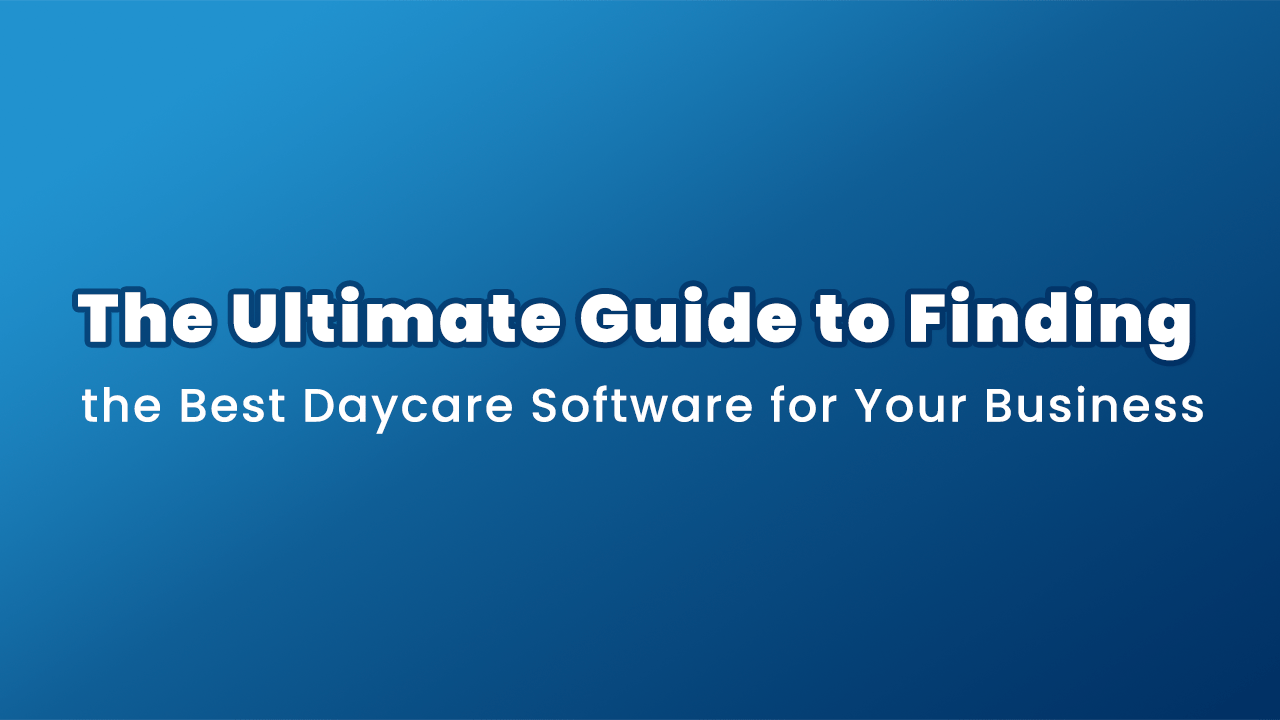
Childcare is a crucial service that aids working parents and nurtures children’s sound development. However, running a childcare facility is not without its hurdles, with one of the most significant being the acquisition and upkeep of proper licensing. These licensing regulations vary by location and can be intricate to navigate. This guide is designed to help you understand and overcome the challenges of childcare licensing.
Understanding the Challenges of Childcare Licensing
Childcare licensing is a regulatory process to ensure children’s health, safety, and well-being in childcare settings. Licensing requirements typically cover staff qualifications, facility safety standards, health and sanitation practices, and child-to-staff ratios. Regulations are established at the state and sometimes local levels, with specific requirements varying widely depending on jurisdiction.
Challenges of Childcare Licensing Faced by Childcare Providers
Regulatory Complexity:
Childcare providers face the intricate web of state and local regulations governing their operations, making compliance daunting. Navigating through requirements concerning staff qualifications, facility safety standards, health practices, and child-to-staff ratios requires careful attention to detail and a comprehensive understanding of the legal landscape.
Cost of Compliance:
Meeting licensing requirements often entails significant financial investment, straining the budgets of childcare providers, particularly smaller establishments or nonprofit organizations. From staff training and facility upgrades to administrative resources, the expenses associated with ensuring compliance can substantially impact the affordability and accessibility of childcare services for families.
Administrative Burden:
The process of applying for and maintaining childcare licensing can be administratively burdensome. Providers must complete extensive paperwork, undergo inspections, and keep detailed records. The administrative workload can be overwhelming, diverting valuable time and resources from direct childcare activities and impacting operational efficiency.
Staffing Challenges:
Childcare providers grapple with staffing challenges, including maintaining appropriate child-to-staff ratios and ensuring a qualified workforce. High turnover rates, shortages of qualified professionals, and competition for talent in the childcare industry exacerbate these challenges, making recruiting and retaining skilled personnel to meet licensing requirements difficult.
Keeping Up with Changes:
Childcare providers must stay updated on changes to licensing regulations, which are subject to frequent updates and revisions. Failing to stay informed about regulatory changes can result in non-compliance and potential penalties, underscoring the importance of ongoing monitoring and adaptation to evolving requirements.
Language and Cultural Barriers:
Providers serving culturally and linguistically diverse communities may encounter challenges in understanding and communicating licensing requirements. Language barriers and cultural differences can obstruct compliance, as regulations may not always be accessible or applicable across diverse cultural contexts.
Inconsistent Enforcement and Interpretation:
Enforcement and interpretation of childcare licensing regulations may vary among regulatory agencies and inspectors, leading to inconsistencies in compliance assessments. This variability can create confusion and frustration for providers, who may struggle to navigate differing expectations and requirements.
Impact of External Factors:
Childcare providers may also face challenges related to external factors such as economic downturns, natural disasters, or public health emergencies. These events can disrupt operations, strain resources, and complicate efforts to maintain compliance with licensing regulations, highlighting the need for flexibility and resilience in the face of unforeseen circumstances.

Strategies for Overcoming Challenges of Childcare Licensing
Stay Informed:
Childcare providers can overcome regulatory complexities by staying informed about state and local licensing requirements. Utilizing resources such as government websites, professional associations, and legal counsel specializing in childcare law enables providers to stay abreast of changes and updates, ensuring proactive compliance with evolving regulations.
Plan Ahead:
Effective planning is critical to navigating the challenges of childcare licensing. Providers should start the licensing process well in advance, allowing sufficient time to complete paperwork, make facility improvements, and address compliance issues. By anticipating regulatory requirements and planning strategically, providers can minimize stress and streamline the licensing process.
Invest in training:
Prioritizing staff training and professional development is essential to ensuring licensing compliance. Investing in comprehensive training programs covering child development, safety protocols, and emergency procedures equips childcare staff with the knowledge and skills to meet regulatory standards and provide high-quality care to children.
Build a support network:
Childcare providers can benefit from building a support network of peers, industry associations, and advocacy groups. Connecting with other providers allows for sharing experiences, resources, and best practices, providing valuable support and guidance in navigating licensing challenges and addressing common issues within the childcare community.
Maintain Documentation:
Thorough and up-to-date documentation is critical for demonstrating compliance with licensing regulations. Providers should maintain organized records of inspections, staff qualifications, safety protocols, and other licensing-related activities. Comprehensive documentation facilitates compliance and indicates adherence to regulatory standards during inspections and audits.
Advocate changing:
Childcare providers can advocate for regulatory reforms and increased funding for childcare initiatives to create a more supportive environment for the industry. By participating in advocacy efforts and engaging with policymakers, providers can help shape policies that promote accessible, high-quality childcare services and address the sector’s systemic challenges.
Utilize Technology:
Leverage technology to streamline administrative processes and improve compliance management. Utilizing digital platforms, like 360Daycare, for record-keeping, scheduling inspections, and accessing regulatory updates can help childcare providers more efficiently manage licensing requirements and stay organized. Learn more about the importance of utilizing technology in childcare.
Conclusion:
Navigating the challenges of childcare licensing requires diligence, resourcefulness, and a commitment to ensuring the well-being of children in care. By staying informed, planning, investing in training, building a support network, maintaining documentation, and advocating for change, childcare providers can overcome regulatory hurdles and create safe, nurturing environments for their children. Despite the challenges, the rewards of providing high-quality childcare are immeasurable, making the effort to obtain and maintain licensing well worth it in the long run. For more information, you can also learn more about childcare licensing regulations.


